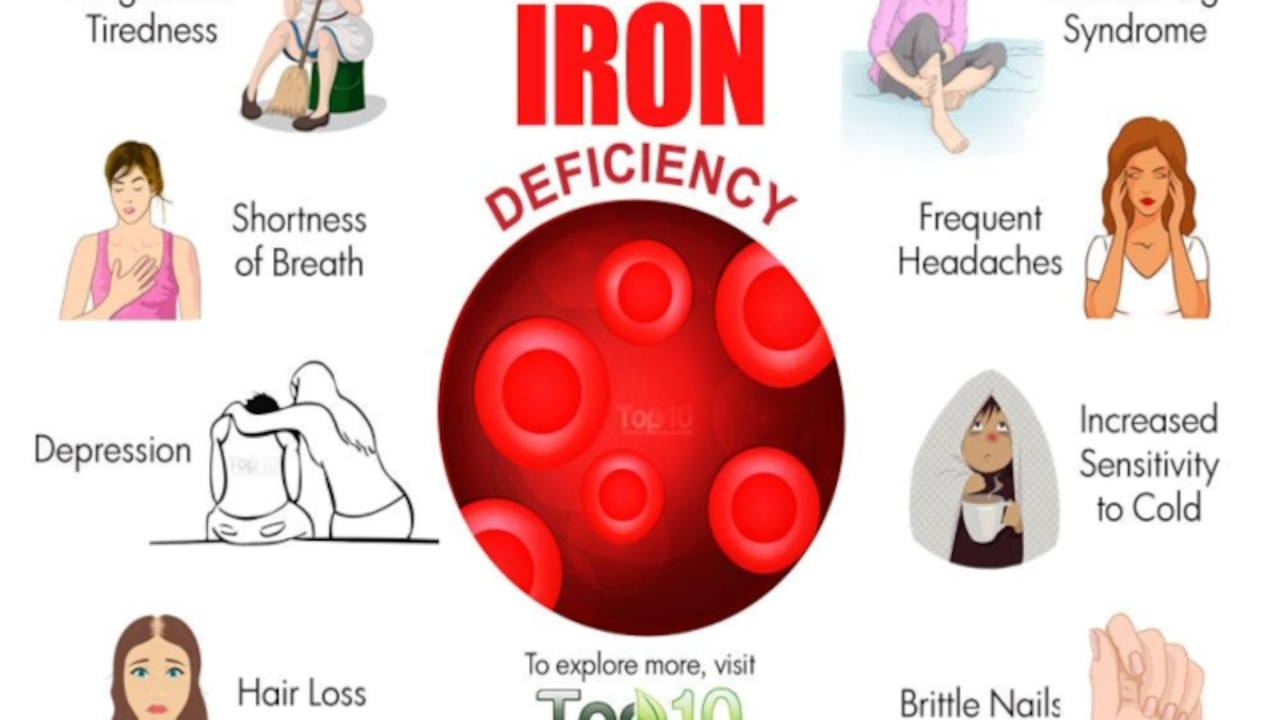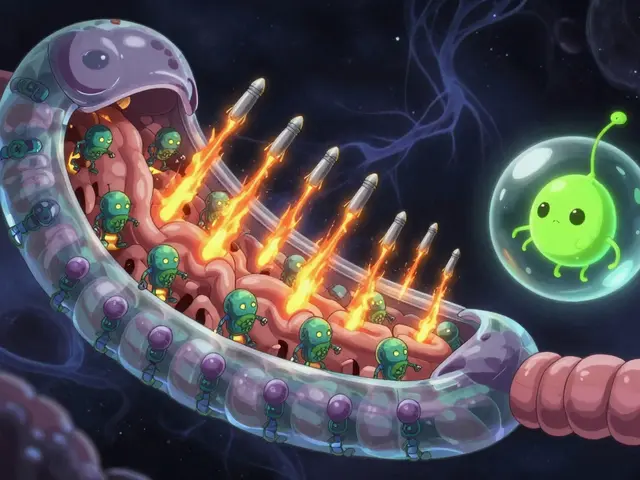Untreated iron deficiency anemia: risks, signs, and what to do
Iron deficiency anemia is common, but leaving it untreated can cause real harm. This page explains what happens when iron levels stay low, how to recognize trouble early, and the simple steps you can take to fix it or get help.
Why untreated iron deficiency matters
Without enough iron your body can’t make normal red blood cells. That leads to less oxygen delivered to tissues. Over time this causes fatigue you can’t shake, shortness of breath with little activity, and faster heartbeats. In severe or long-standing cases the heart works harder and may weaken, increasing the risk of heart failure.
For pregnant people, untreated iron deficiency raises the chance of preterm birth and low birth weight. Kids with untreated anemia can have slower growth and trouble concentrating at school. Older adults may face more falls and worse recovery from illness. These are not abstract risks—iron matters for energy, brain function, and the immune system.
Common signs, tests, and what to expect
Signs to watch for: constant tiredness, pale skin, dizziness, nails that become thin or spoon-shaped, craving non-food items like ice or dirt (pica), and feeling cold. If you notice several of these, see your doctor.
Diagnosis is simple: a blood count (CBC) and a ferritin test show if iron stores are low. Your doctor might also check for bleeding (stool test or scopes) or heavy menstrual loss. Finding the cause is as important as replacing iron—if blood loss or an absorption problem is missed, anemia will come back.
Treatment usually starts with oral iron tablets. They work for most people but can cause constipation, nausea, or stomach cramps. Taking iron with vitamin C (a glass of orange juice) helps absorption. Don’t take iron at the same time as coffee, tea, calcium, or some antacids—these reduce absorption.
If oral iron doesn’t help, or if the anemia is severe, doctors may use intravenous iron. Treating the underlying cause—like a bleeding ulcer or heavy periods—may require other procedures or medications. Your doctor will repeat blood tests to confirm recovery.
Practical steps you can take today: book a blood test if symptoms worry you, keep a simple log of diet and any heavy bleeding, and ask your clinician about ferritin and hemoglobin targets. If you start iron pills and feel worse or can’t tolerate them, call your clinic—there are options.
Untreated iron deficiency is fixable but can lead to lasting problems if ignored. Quick testing, correct diagnosis of the cause, and following a clear treatment plan usually get you back to normal energy and health. If you’re unsure, ask a clinician for a straightforward plan and follow-up tests—don’t let simple anemia become a bigger issue.




